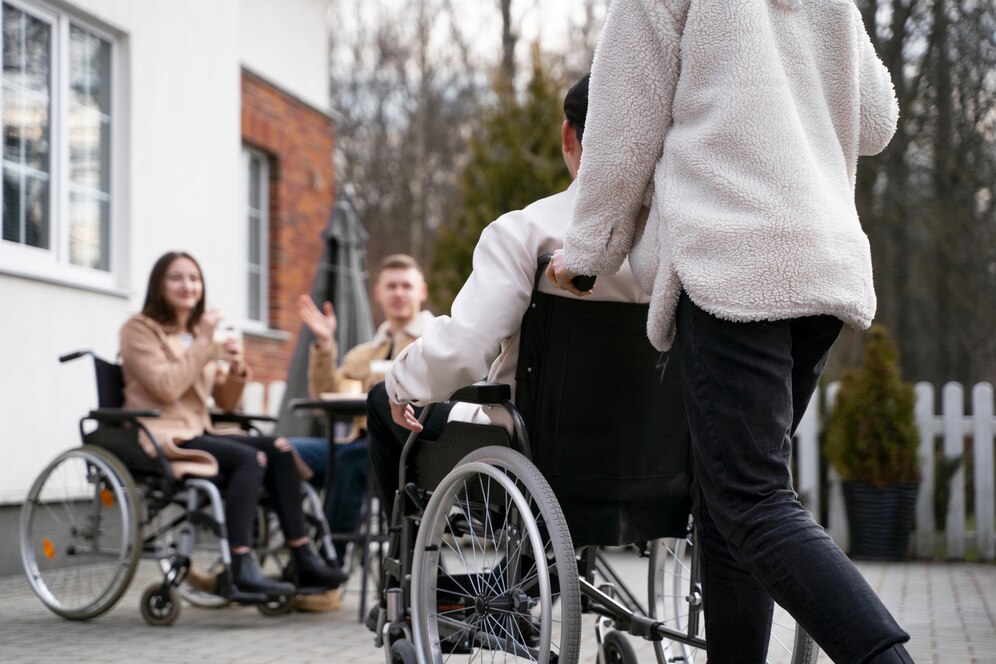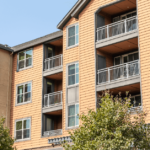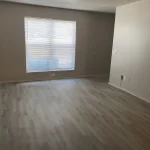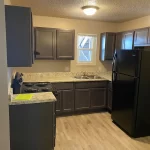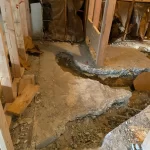Apartment accessibility is about more than just following rules—it’s about creating spaces that welcome everyone. Beyond simply checking regulatory boxes, accessibility helps build strong, inclusive communities that residents are proud to call home. As a property owner or manager, understanding ADA and UFAS compliance is legally and morally essential, allowing you to create truly welcoming environments that empower residents and foster genuine connections. At Mid Town Builders, we deeply value apartment accessibility as an opportunity to make every resident feel respected and comfortable. Let’s dive in!
Understanding Accessibility in Apartment Communities
Making apartments accessible goes beyond the basics—it’s about creating warm, welcoming communities. Embracing apartment accessibility helps everyone, including people with disabilities, to enjoy independence and dignity, enriching their living experience.
Why Accessibility Matters in Multifamily Housing
Prioritizing fair housing accessibility and inclusive apartment design is about showing your residents you care. Accessible apartments promote
- Encourage independent living
- Reduce barriers and discrimination
- Welcome a broader range of residents
- Build trust and loyalty within your community.
Residents remember how a space makes them feel, ensuring everyone feels equally valued and respected.
Key Regulations Impacting Apartment Accessibility
Understanding regulations supporting disability rights in housing helps avoid costly mistakes and enhances overall community life. Compliance means creating thoughtfully designed, accessible living spaces that everyone can enjoy.
Here’s what to keep in mind:
- ADA: Focuses on public areas within apartment communities—leasing offices, common rooms, fitness centers, etc.—and requires that they be accessible to people with disabilities.
- UFAS: Applies to federally funded housing projects and sets detailed standards for accessible units, parking, paths, entrances, and more.
The Americans with Disabilities Act (ADA) & Housing
Knowing how the ADA in apartment communities applies to your property is crucial. The ADA significantly impacts common areas and public spaces, requiring thoughtful planning and management.
What Is the Americans with Disabilities Act?
The ADA sets precise ADA requirements, ensuring people with disabilities have equal opportunities. This includes vital disability accommodations in apartments, making life easier and more enjoyable for all residents.
- Applies to: Public and common-use areas in apartment communities (e.g., leasing offices, clubhouses, fitness centers).
- Purpose: Ensure that facilities open to the public are accessible to individuals with disabilities.
- Key Requirements: Accessible parking, entryways, restrooms, service counters, and clear pathways.
How the ADA Applies to Apartment Complexes
The ADA explicitly highlights public access requirements in community spaces and leasing office accessibility. These areas must be easily accessible, providing a welcoming experience for residents and visitors alike.
What’s Required for Apartment Complexes?
Understanding the details of apartment accessibility requirements can feel daunting, but it doesn’t have to be complicated. Grasping what’s required helps properties maintain compliance and enhances resident satisfaction.
Understanding ADA vs. UFAS Guidelines
While both are crucial, UFAS compliance guidelines often focus specifically on federally funded multifamily housing standards, while the ADA addresses broader public accessibility. Knowing the difference can streamline compliance.
Key Accessibility Features for Compliance
Compliance with ADA and UFAS includes key features:
- Wheelchair-accessible units
- Clearly marked, accessible parking spaces following parking regulations
- Easy-to-navigate entryway requirements
These features significantly improve resident comfort and mobility.
UFAS Guidelines & Compliance in Housing
Following UFAS guidelines for apartments is essential for federally funded housing. These guidelines help ensure that federally supported communities remain accessible and inclusive.
What Is UFAS & How Does It Differ from ADA?
The Uniform Federal Accessibility Standards (UFAS) set clear design standards tailored explicitly to fair housing design, unlike the ADA’s broader focus. These detailed guidelines ensure that federally supported housing meets high accessibility standards.
Ensuring Compliance with UFAS Requirements
Federally funded properties must adhere strictly to UFAS. Familiarity with HUD accessibility rules and Section 504 housing standards is essential for properties in government-funded housing, ensuring ongoing compliance.
- Applies to: Federally funded housing developments (e.g., Section 504 of the Rehabilitation Act).
- Purpose: Sets detailed technical requirements for physical accessibility in housing that receives federal funds.
- Key Features: Covers unit layouts, door clearances, accessible routes, and more, based on federal compliance needs.
Steps for Property Owners to Stay Compliant
Maintaining apartment compliance with ADA and UFAS involves consistent attention and proactive management. Staying informed helps reduce risks and supports a vibrant, inclusive community atmosphere.
Common Accessibility Violations & How to Fix Them
Common compliance issues include unclear signage, inadequate leasing office accessibility, incorrect parking regulations, or inaccessible entrances. Addressing these quickly through accessibility retrofitting and adhering to fair housing enforcement protects your community. Here are a few common accessibility violations:
- Inaccessible building entrances that lack ramps or have narrow doorways
- Missing or improperly marked accessible parking spaces
- Hard-to-use round doorknobs instead of lever handles
- Limited turning space in units for wheelchair users
- Light switches and outlets installed outside the ADA-compliant height range
- No wall reinforcement for future grab bar installation in bathrooms
- Narrow or obstructed pathways in shared or unit spaces
- Sink and countertop heights that don’t accommodate wheelchair users
- Neglecting the ongoing maintenance of accessibility features
Best Practices for Ensuring an Accessible Apartment Community
Maintaining compliance involves:
- Regular accessibility audits
- Developing clear legal compliance strategies
Conducting ADA-friendly renovations like;
- Install ramps with proper slope and width; widen doorways to at least 32 inches
- Add accessible parking spots with correct signage, width, and access aisle
- Replace round knobs with lever-style handles that are easy to grip
- Ensure at least a 5-foot turning radius in kitchens and bathrooms
- Reposition outlets and switches within 15–48 inches from the floor
- Add structural backing behind bathroom walls for future grab bars
- Clear and widen pathways to at least 36 inches for easy mobility
- Adjust sink and counter heights with proper knee clearance underneath
- Schedule regular inspections and repairs to keep features compliant and functional
These proactive measures help you stay compliant and build welcoming environments.
Building Inclusive Communities Together
Creating apartment accessibility means fully embracing the ADA requirements and meeting UFAS compliance standards. Mid Town Builders is here to support you every step of the way, turning compliance into community strength. To ensure your property meets all accessibility guidelines and becomes a place residents love, contact us today.

